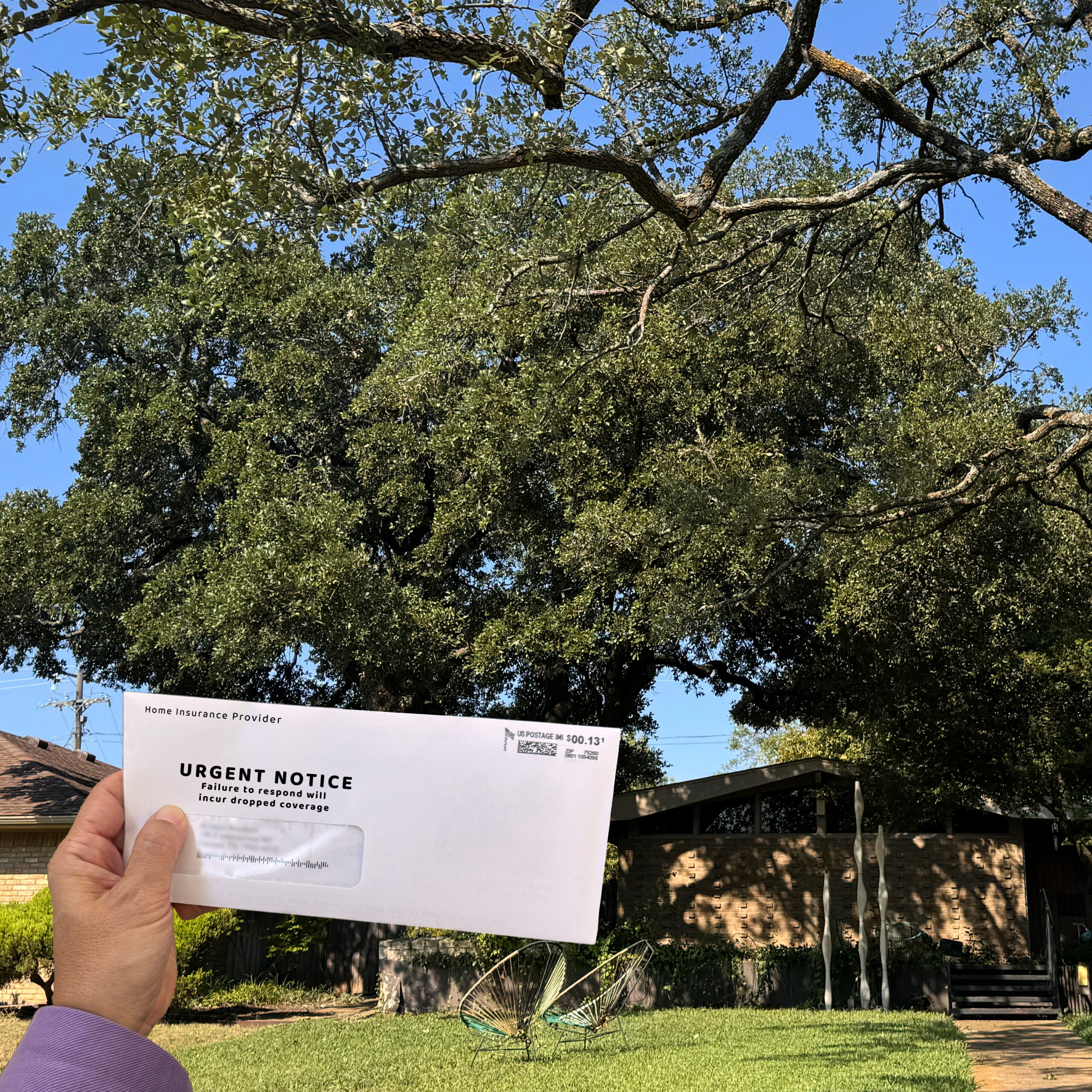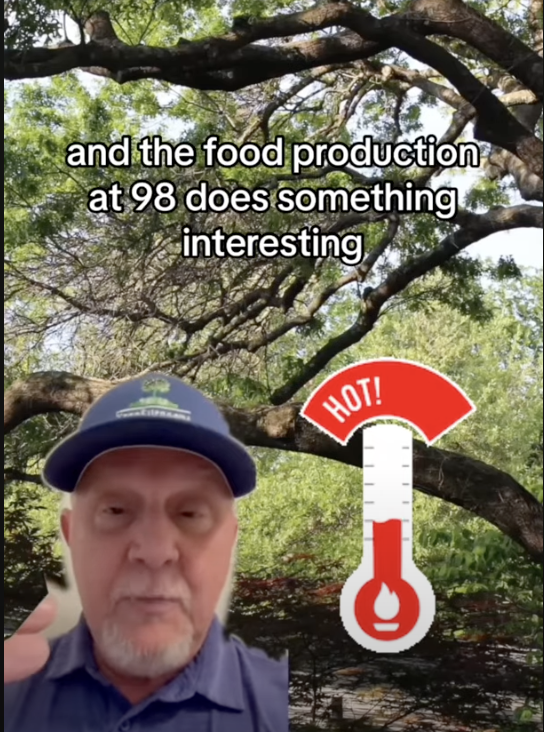The Tornado Took All the Leaves Off My Tree; What Can I Do About It?

After a devastating weather event like the tornadoes on October 20, 2019, the damage can be hard to assess, let alone start to repair. While damage to homes and other structures is of utmost importance to the community, addressing the damage to our urban forest, and determining what can be saved, is a key component of recovering after destruction.
Cleaning up downed trees is the first priority in an emergency situation. Fallen trees can prevent first responders and repair crews from accessing damaged utility lines and dangerous structures. Once the trees on the ground have been addressed, however, we must think about those left standing. After a high-wind event like a tornado, the trees left standing often have severe limb breakage and defoliation, or loss of leaves. Both of these issues have short- and long-term consequences, that must be understood.
Tree Safety Is Key
As soon as possible after a storm, owners of damaged trees should take a few steps to ensure there is no further damage to people or property:
- Clear the area around any damaged trees of vehicles and valuables and take steps to prevent access to the area.
- If possible, cordon off the entire dripline area (from the trunk to the tips of the branches).
- If there is a tree that could fall on your home, consider staying out of that part of the house until the tree can be assessed.
- Once the area has been secured, contact a certified arborist to assess the damage to your trees.
- The International Society of Arboriculture (ISA) has established the Tree Risk Assessment Qualification (TRAQ) to train certified arborists in the proper evaluation of the safety and stability of trees. Be sure to find an arborist who has completed the TRAQ program.
- Ask the arborist about tree stabilization, such as bolting and cabling. These measures can help prevent future issues with splitting trees.
- Trees that are stable, but have lost a great amount of the canopy will probably need fertilization or other plant health care measures to recover.
Will My Trees Survive Tornado Damage?
Ultimately, the prognosis for a storm-damaged tree depends on several factors, including the species, location, soil condition, and underlying health of the tree. Based on our experience, however, certain North Texas trees should fare better than others.
-
Live Oaks, Cedar Elms, Pecans, Bur Oaks – Uncertain/Wait and See
- While these species are resilient, we are assessing them on a case-by-case basis.
- If the tree is stable, we recommend waiting until the spring to see if new growth appears.
-
Red Oaks, Maples – High Risk for Sun Damage
- Both types of trees are susceptible to sunburn, which dries out the bark, causing it to peel off, and exposing the sapwood underneath to damage.
- Even if the tree is stable, the risk of stress and dieback from the winter sun is great.
- Maples and red oaks that have lost their leaves have little protection from sun exposure.
-
Crape Myrtles – High Chance of Survival
- As long as the crape myrtles remained in the ground, they should survive.
- Damage to limbs and safety pruning may alter the shape of the tree, but should not cause any major issues.
- If increased insect activity is observed, consider using insecticidal soap in the winter or pesticides in the spring.
-
Mulberries – Uncertain/Wait and See
- Mulberries are fairly hardy, and may survive, but may suffer from dangerous instability.
- Once tree is stabilized, wait to reassess during the next growing season.
-
Hackberries – Uncertain
- Have the root area examined by a certified arborist for signs of root rot or kretzschmaria.
- Even if the tree appears undamaged, the hackberry’s tendency to develop root instability issues may make it a fall risk in the future.
-
Magnolias – Unlikely to Survive
- Extensive defoliation will likely stress the tree past the point of survival, and prevent recovery from any damage.
- As evergreens, magnolias depend on their leaves year-round.
- Extensive defoliation will likely stress the tree past the point of survival, and prevent recovery from any damage.
-
Ornamentals – Likely to Survive/May Want to Replace
- Smaller trees and ornamentals seem to fare better in high winds, as they are able to flex with the pressure.
- One risk to smaller trees is being damaged by falling debris from larger trees or structures. If there is no physical damage, the tree is probably stable.
- Many smaller ornamentals are understory trees, used to shade from larger species.
- As with red oaks, risk of subsequent damage from sun exposure is high.
- Even if the tree survives, it may not be as well-suited for its space after the damage, and owners may prefer to replace it.
- Defoliation or wind damage may have irreparably altered the shape.
- Smaller trees and ornamentals seem to fare better in high winds, as they are able to flex with the pressure.
What Should I Do Now?
Whatever kind of tree you have, and however it has been damaged, contact a certified arborist to determine the best steps to take. We highly recommend fertilization for all trees impacted by storms, especially in our urban soils. If your trees are going to recover, they will need all the nutrients they can get. If your landscaping has been disturbed by the tornado, now might be a good time to adjust your mulching practices to help enrich the soil going forward. If you need guidance, we are always here to help.
At Texas Tree Surgeons, we love trees and we love our customers. We are shocked and saddened to see the widespread damage and devastation after the recent tornadoes, and our hearts go out to all those who have lost their homes. So much of our beautiful urban forest seems to have been uprooted or destroyed, and we want to do what we can to preserve what remains. We hope this overview has been helpful, and we are always available to come out to assess your specific trees for damage, stability issues, health issues, or to give you our recommendations for post-storm care. Don’t hesitate to contact us with any questions you may have.
Related Blogs
Similar blogs related to this topic


Facts About Home Insurance & Trees
It’s becoming way too common, especially in Texas, homeowners receiving a threatening letter from their insurance company to drastically remove all tree limbs over a structure to prevent them from falling onto the house. Don’t…
Read more

How Does Summer Weather Affect Oak Tree Health in Dallas-Fort Worth?
As we transition out of Oak Wilt season we are now in the thick of extreme heat and long days in full sun. Summers in Dallas-Fort Worth can be quite intense with soaring temperatures and…
Read more

